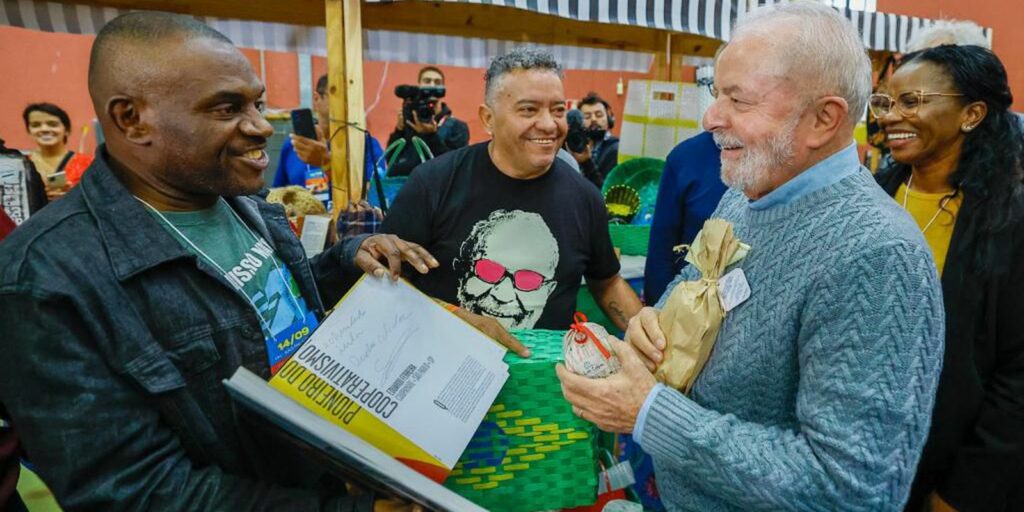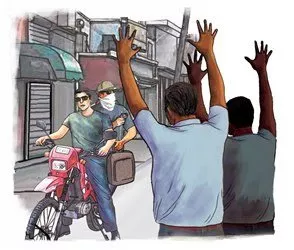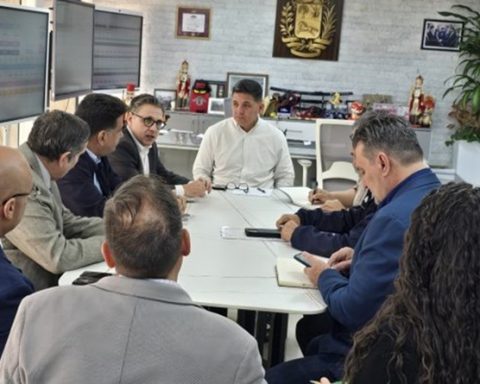Gaining a voice to the detriment of the mere image, using that word in favor of equity and leading the vertiginous transformation that societies and the State have embarked on in recent years were three of the reflections in which the women who lead three of the public media, Télam, Radio and Television Argentina (RTA) and Public Content, within the framework of the Latin American Day of the Image of Women in the Media.
Latin American Day of the Image of Women in the Media
Bernarda Llorente (@bernardallorent): “We provide a look that has to do with the majority because women are 51% of the population and in general we have been interpreted with male discourses” pic.twitter.com/VAa9PSUWCH
—Telam Agency (@TelamAgency) September 14, 2022
Gathered by the program “Make visible the invisible” of Public Television, Bernarda Llorente, president of Télam; Rosario Lufrano, president of RTA; and Jésica Tritten, general manager of Public Content, exchanged ideas about the role of women in the media and addressed in particular that of those who, like them, have to lead them.
“Many years ago – commented Lufrano -, when it came to hosting a newscast on television, women were considered ‘adornments’ of the man, who was the main driver. And that aesthetically translated into the fact that we had to be shorter in stature or our hair color had to match his, in addition to knowing how to conjugate verbs in the past, present and future”.
The president of RTA highlighted what she considered “advances” in the places that women currently occupy in the media.
“It seems that you were talking about centuries ago, but the transformations were quite accelerated,” stressed Llorente, for whom “we women occupied that place on TV but little by little we were gaining other spaces and I think we were gaining voice to the detriment of that image” , alluding to the figure of “adornment” expressed by his pair of RTAs.
In this regard, Tritten remarked: “When women began to occupy driving positions, other views and other debates appeared that made it possible to talk about these issues.”
“When it comes to places of knowledge, women were always there but we were not recognized,” she added.
Meanwhile, Lufrano argued: “In Latin America we generally find women in decision-making positions in corporations. But in the state media, what content must be defined?”
“The national State continues to mark a path, it continues to be much more innovative in many issues and it continues to be at the forefront”, Llorente specified.
“In fact, there is legislation that the state media have assumed and that has not yet reached the private media as a tool. We have made a lot of progress, but there is also a lot that remains to be done,” he added.
“It is a responsibility for us. This is the first time that three women are in the leadership of public media, so we have to take it as an unavoidable starting point”Tritten emphasized.
“Where is the different look that we can bring to it as women?” asked the president of RTA, for whom “women are capable of building relationships that are much more supportive than competitive. We care about others, not just about other women, but in general we care about others”.
“Besides, I think we provide a vision of the future and a transforming vision that has to do with the majority because women are 51 percent of the population and in general we have been interpreted with male discoursesLlorente pointed out.
For her part, Tritten expanded, “women bring a look of equity with everything that word implies historically, politically, institutionally.”
“I believe -Lufrano remarked- that we bring innovation and we are in search of a language that represents us, because we have gone out in the street in search of rights but that has to have a story and I believe that the female gaze contributes in that sense” .
In 1990, the V Latin American and Caribbean Feminist Meeting established September 14 as the Latin American Day of the Image of Women in the Media, in solidarity with the radio program “Viva María” on the rights of women in Brazil, closed due to government pressure.
All Latin American countries urged the journalistic and advertising media to project, through news and commercials, an image of women free of stereotypes and discrimination, and above all, to show her in her cultural, ethnic, social and economic diversity. .


















